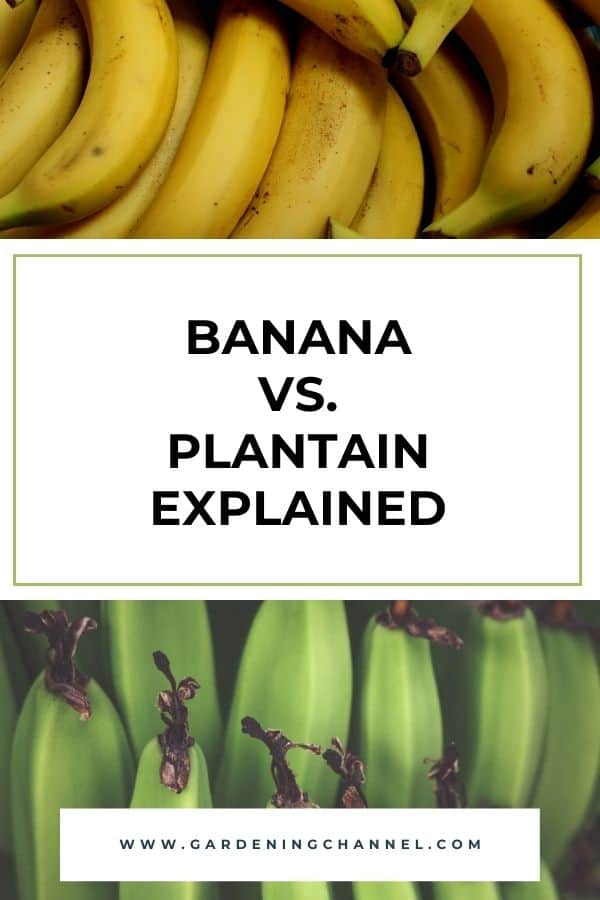
Bananas and plantains look quite similar, and even taste somewhat like each other. Plantains, however, are bigger, bright green instead of yellow, and have a much thicker skin. Plantains are members of the same plant family as bananas, but they are starchier and contain less sugar. When plantains are ripe, they are green, but as they age, they turn yellow or black, and look even more like the traditional banana. Due to the starchiness of the plantain, they are rarely eaten raw like bananas.
In Latin and African countries, as well as the Caribbean, plantains are a major staple of culinary traditions, and appear in many recipes, though they are usually prepared as a savory dish, unlike the banana, which is usually prepared in sweet dishes. In their native lands, plantains are usually treated more like a vegetable than a fruit when cooked, and are often found baked, roasted, or fried into a tasty, savory side dish.
The biggest distinction between the two fruits is in their flavor profile and method of preparation. Bananas are popular in North American cuisines and are often prepared in sweet dishes, whereas plantains are popular in Latin, African, and Caribbean countries, and are typically made into savory dishes, due to their starchiness.
Plantains can be consumed at any time during the process of ripening, but they can’t just be peeled by hand like bananas can. Their tough skin requires a knife to peel them open. Once opened, there are several ways they can be cooked and prepared.
If you slice your plantains into thin slices and fry them, that is what you call tostones, which is a popular dish in Latin and Caribbean countries and is sometimes served hot and fresh, and sometimes dried and served like chips.
Another common method for preparing plantains is to make them into maduros, which is a sweeter dish than tostones, but is still considered a savory take on plantains. To make maduros, you bake or fry larger pieces of plantain in oil until the outside of the fruit begins to caramelize.
Neither fruit is healthier than the other, and both are rich in nutrients, and considered healthy foods overall. However, you will want to monitor the amount you intake of either bananas or plantains, especially if you are concerned about blood sugar levels, as both fruits are high in certain carbohydrates that can affect blood sugar levels, especially when consumed in large amounts. In small amounts, however, both fruits are healthy additions to your diet.
Though bananas and plantains look very similar, you can tell the difference between them just by eating each of them. Bananas are sweeter and better suited to dessert dishes and can be eaten raw as a snack, while plantains are starchy and better suited for savory applications. Both bananas and plantains are healthy natural foods that should be included, in small amounts, in any healthy, well-rounded diet.
Learn More About Bananas and Plaintains
https://www.allrecipes.com/article/plantain-vs-banana/
https://www.healthline.com/nutrition/plantain-vs-banana
https://smartlittlecookie.net/plantains-vs-bananas-a-comprehensive-guide/
